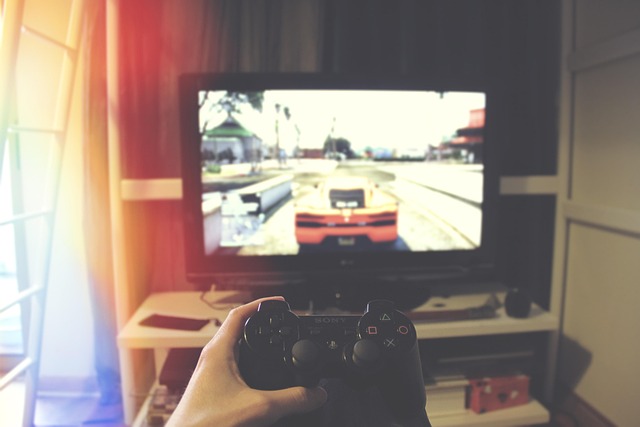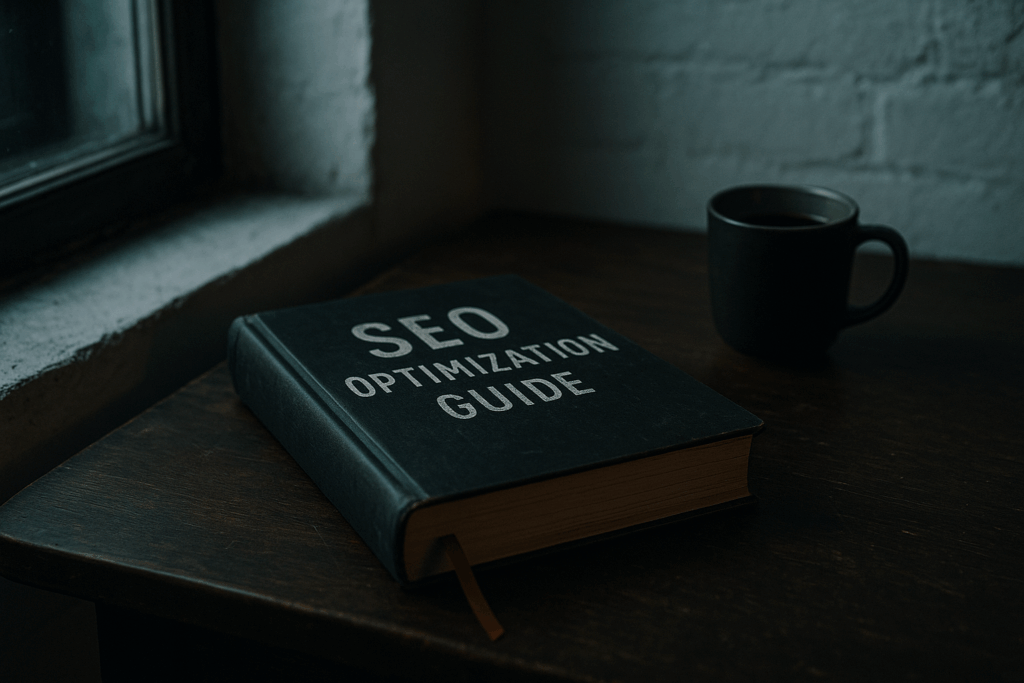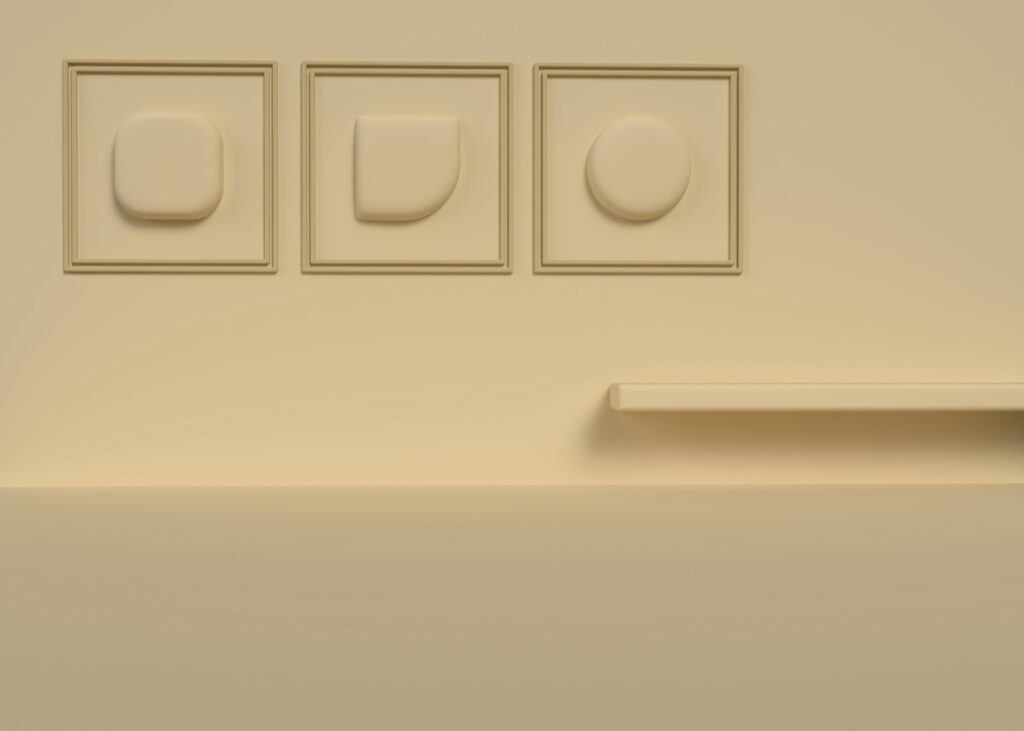Why Fast Reflexes Matter
In high-intensity gaming, success often comes down to how quickly you can respond. The faster your reflexes, the better your chances of outperforming your opponents, surviving unexpected turns, and executing flawless plays under pressure.
Why Reflexes Break the Game
- Split-second decisions often determine outcomes — miss the moment, lose the round.
- Microseconds matter in competitive shooters, MOBAs, and fast-paced battle royales.
- Reacting before your opponent can mean surviving a fight or ending it decisively.
Speed Meets Skill
Modern games aren’t slowing down. They’re becoming:
- Faster: Gameplay mechanics are more dynamic than ever.
- More competitive: Ranked modes, esports, and skill-based matchmaking raise the bar.
- Unforgiving: One slow moment can cost you a kill streak—or a championship.
The Payoff of Lightning Reflexes
Good reflexes don’t just look impressive—they have tangible benefits:
- Higher kill/death ratios (K/D) in FPS and battle arenas
- Smarter clutch plays that turn games around
- Faster rank progression in competitive ladders
Whether you’re chasing leaderboard spots or just trying to win more often, sharpening your reflexes is a non-negotiable part of leveling up your game.
The Neuroscience of Reaction Time
Reaction time isn’t just a raw gift—it’s a measurable, trainable function of how fast your brain processes input and signals your body to move. In high-intensity games, milliseconds matter. That’s where the nervous system comes in. The quicker your brain identifies a visual cue and sends instructions through your spinal cord to your hands, the faster you can snap to a target, dodge, or counter.
Hand-eye coordination plays a huge part. But it’s not locked in at birth. It improves over time through repetition, just like a muscle. When elite players drill flick shots or run aim trainers, they’re not just “getting their reps in”—they’re tuning neural circuits that link vision and motion. Think of it as software updates for your brain.
Pros don’t just hope for better reflexes—they build them. Daily routines often include high-intensity aim maps, eye-tracking apps, and timing-based warmups. Some even use neurofeedback tools to track mental fatigue and optimize when they train. It’s not glamorous, but these habits sharpen their edge and keep their response systems firing on command.
Core Habits That Improve Reflex Speed
You wouldn’t jump into a pro-level match cold—and if you are, that’s half the problem. Like athletes, top gamers invest in routines that sharpen reflexes and keep their reactions tight.
Start with daily short-form drills. Aim trainers like Aim Lab or KovaaK’s aren’t gimmicks—they isolate and hammer down key movements. Just 10–15 minutes of focused reaction tests or flick training can make you noticeably faster in live matches. No need for hours of grinding—consistency crushes volume.
Then there’s the warm-up. Too many people skip it and start slow. Your brain and muscles need time to sync. A five-minute routine before queueing up—FPS micro-movements or even rhythm-based games—can prime your body for combat. It’s not placebo, it’s performance science.
Finally, the elephant in the room: sleep and fuel. If you’re running on 4 hours and an energy drink, your K/D is gonna tank, no matter how cracked your mechanics are. Reaction time measurably dips with sleep deprivation, and poor nutrition makes it worse. A bit of structure—proper hydration, protein over sugar, seven hours minimum—can turn a foggy night into a sharp, dominant session.
Stack these small habits and you build a system that works even when you’re off your game. Because raw talent isn’t reliable, but routines are.
Game Settings That Give You an Edge
Before you start blaming your reaction speed, check your setup. If your frame rates dip under pressure or your monitor is stuck at 60Hz, you’re already at a disadvantage. Aim for at least 144Hz on your monitor and make sure your GPU can feed it that many frames reliably. Low latency and high refresh go hand in hand—anything less and your screen is showing you a fight that already happened.
Mouse settings are another make-or-break detail. Somewhere between 400–1600 DPI is the sweet zone; too low and you’re dragging, too high and you’re overshooting. Pair that with a sensitivity setting that gives you smooth tracking without having to fling your hand across the desk. There’s no universal number. It’s trial, error, and muscle memory.
Finally, dig into your in-game options. A wide but not too wide FOV (field of view) expands your awareness without creating visual clutter. HUD settings should strip away distractions—keep it lean so your focus stays on the crosshair and corners, not popup icons and blinking nonsense. Small adjustments here can shave off reaction lag that isn’t in your hands—it’s in how fast your brain can parse the screen.
For a full breakdown, check Guide to Optimizing Game Settings for Better Play.
Strengthen the Mind-Body Connection
Raw speed means nothing if your brain and body aren’t communicating in real-time. That’s where eye-tracking drills and reflex mini-games come in. Think aim trainers like Aim Lab or KovaaK’s—they test and train how fast your eyes pick up movement and how quickly your hand reacts. Five to ten minutes a day is all it takes to build faster responses over weeks.
Next up: gear. You don’t need a $300 mouse, but you do need one that keeps up. A high-DPI sensor with low latency, paired with a mechanical keyboard that doesn’t ghost, makes sure your inputs register the instant you act. Practice on the same gear you compete with—switching setups kills muscle memory.
Finally, fix your posture. Slouching doesn’t just look bad—it slows you down. Shoulders relaxed, screen at eye level, wrists straight. A stable desk and chair setup keeps you from wasting micro-movements correcting your position. You’re training for performance, not lounging. Every extra bit of lag matters. Cut it.
Stay Sharp Under Pressure
It’s one thing to have fast reflexes during casual runs. It’s another to hit your stride with three seconds on the clock and elimination on the line. High-stakes gaming calls for control under chaos. That’s where mental discipline comes in.
Mindfulness isn’t fluff. Pro-level players use micro-focus techniques to stay calm and clear mid-match. It’s about staying present, not getting rattled, and not spiraling after a missed shot. You want to be aware—of your hands, your screen, your breath—not caught in your head.
Breathing helps here. Deep, structured breaths between rounds or during downtime regulate your nervous system. A slow inhale for four counts, hold for four, exhale for four—it’s simple, and it works to control hand shake and eye jitter.
But sometimes, the smartest reaction is no reaction. If your reaction time is tanking or you feel yourself tilting hard, hit pause. Walk away, reset, refuel. Grinding through fatigue only leads to errors you’ll hate yourself for later. Recharge and come back better rather than burning out mid-game.
High-pressure performance isn’t just muscle memory. It’s mental clarity, physical control, and knowing when to play—and when to step back.
Final Word: Build It or Lose It
No matter how sharp your reflexes are right now, they won’t stick around without regular tuning. Like any skill based on speed and precision, it’s train or plateau—there’s no coasting. Skip a few days, and you’ll feel the delay creep in. Let weeks go by, and the edge dulls fast.
That said, it doesn’t have to be elaborate. Don’t fall into the trap of chasing perfect routines. A few minutes of simple, focused drills each day can build more over time than a marathon session once a month. The body learns in reps, not bursts.
Reflexes thrive on consistency. Hit your core drills. Stay fueled. Sleep well. Track progress over time, not day-to-day. These small wins pile up quietly, then show themselves in clutch matches, faster snaps, and tighter gameplay. Do the work—even when it’s boring—and you’ll always play ahead of the curve.




